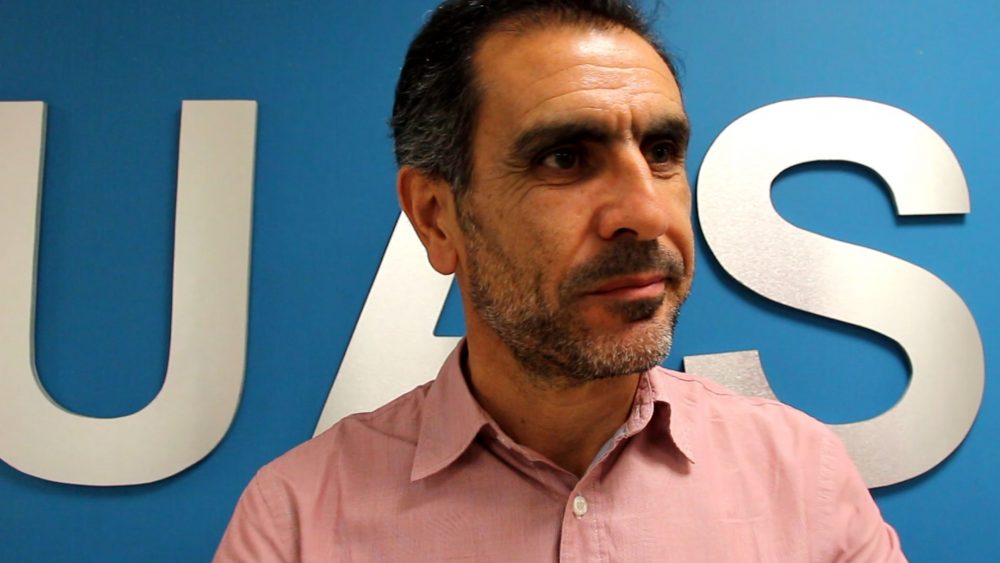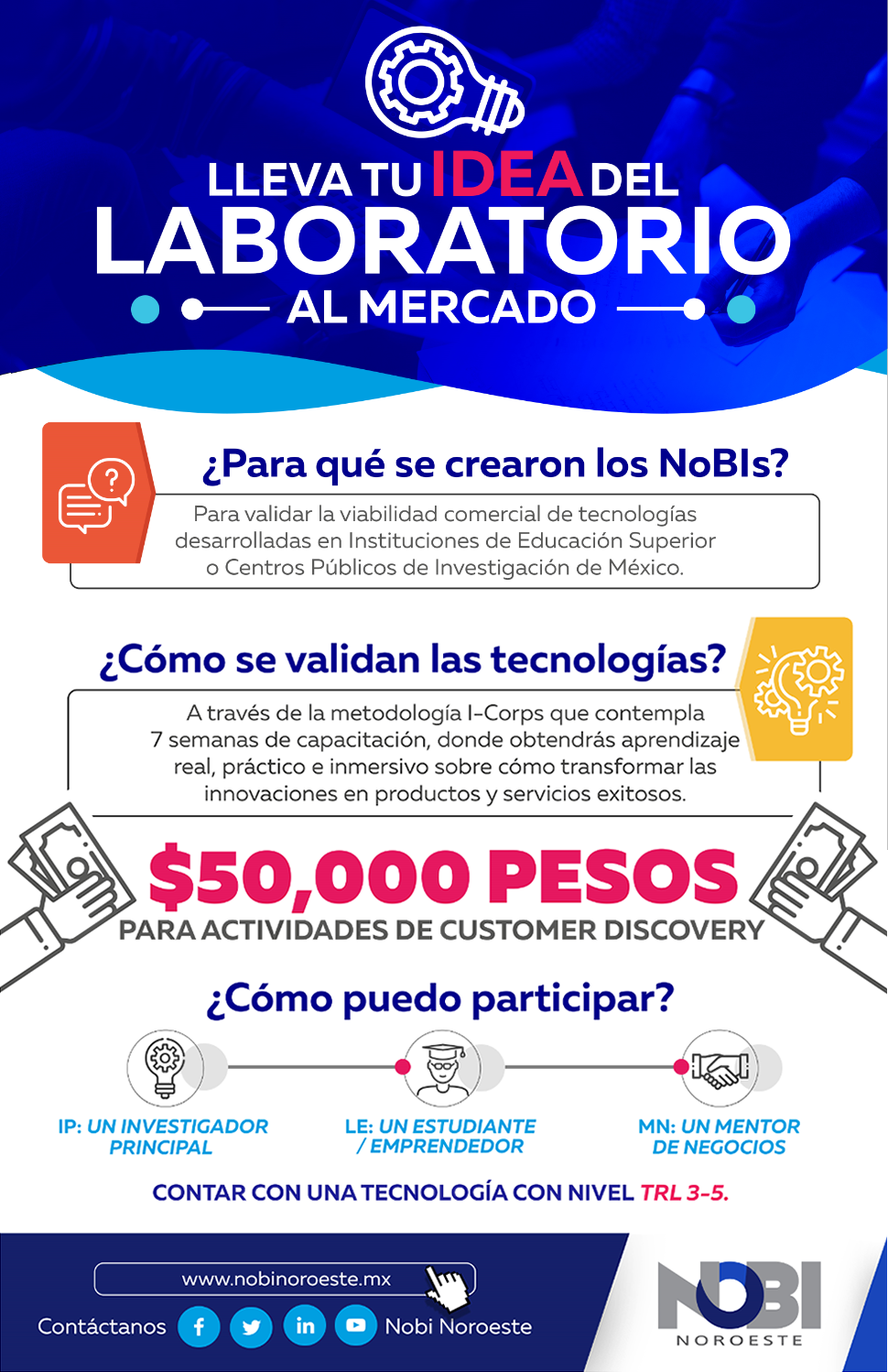On Friday 4th of December, culminated the Course-workshop of Bioinformatical Tools for the Analysis of Bacterial Genomes in Ecology and Epidemiology, among which speakers was PhD Jaime Martínez-Urtaza from the Milner Centre for Evolution (University of Bath, United Kingdom), who participated with three conferences: Bacterial Genomes, Genomics in Epidemiology and Ecology, Modern Sequencing Technologies.
In an exclusive interview, the PhD in Biochemistry and Molecular Biology by the University of Santiago de Compostela (Spain) talked about the importance of such themes and the pertinence of studying and applying bioinformatics in Sinaloa, besides broaching his work as a researcher of the effects climate change has on the emergence and spread of epidemics caused by Vibrio and Salmonella bacteria.
The Spanish researcher specified that the course on bioinformatics carried out at the facilities of the Technological Innovation Park of the Autonomous University of Sinaloa was centered on the bacterial genomes because nowadays in the zone, particularly in Culiacán, there are many scientists working in the identification of pathogenic bacteria isolated from foods, researchers are sequencing bacteria genomes, without specialists on the analysis of such data: “And that was the reason we thought it was necessary to form a new generation of students or researchers that be capable of processing that information in order to use the most modern techniques of sequencing genomes that are being used today in the whole world”.
Regarding the impact had by modern technologies of sequencing in diverse science fields, he commented: “In every science field is having a tremendous impact, in clinical aspects, in hospitals… I work more on the subject of infectious diseases, and it is completely different. And, well, today every diagnosis and diseases’ following up are being made using these modern techniques of sequencing”.
In relation to the importance of genomics in epidemiology and ecology, he explained that it is used for the pathogenic organisms’ traceability, by diseases or through the environment or via some of the other ways they have to scatter: “With these techniques the biggest resolution possible is obtained, this is, you already work with all the genomic information of the bacteria, which makes easier to identify them, track them. […] Since the infection goes from one person to another, you can both trace and identify which was the source or the origin of the outbreak; and then you can implement measures to control it, which is basically what we are interested at”.
Martínez-Urtaza detailed that his work team is interdisciplinary, in it participate epidemiologists, oncologists and “… different teams with diverse specialties”. In Sinaloa, the PIT-UAS pretends to emulate this type of interdisciplinary work, likewise combining academy, industry and Government efforts, in order to counteract diverse problems pathogens may cause in different sectors; all those activities bounded for reducing people’s exposure to diseases and reducing the amount of diseases have very important and positive consequences in health and economy matters.
According to the University of Santiago de Compostela’s graduated, to Sinaloa the development of bioinformatics from this ecological-epidemiological perspective is of utter importance, since the food sector is a pillar of regional economy: “The great existing risk of contamination or the appearance of pathogens in these foods and that it may cause outbreaks in a country to which the products are being exported has an enormous economic damage to the producing enterprise, state and country. Then, what we are developing here is the application of a new generation of tools that produces information of such quality that allows the reduction of risks”.
The scientist pointed out that the final product of this course-workshop is providing a way to analyze the data, so “… the producer perfectly knows the status of his production and, if a problem is detected, he can know where it comes from, so he immediately can do something to control it”. So that, thanks to the great resolution of such data, it would be possible to “… identify the contamination sources, to act quickly and to try, somehow, to prevent any kind of problem in the markets”.
Written and translated by Belem Ruiz (Edition and Communication, PIT-UAS).



 Parque Científico Tecnológico, Universidad Autónoma de Sinaloa © 2015
Parque Científico Tecnológico, Universidad Autónoma de Sinaloa © 2015